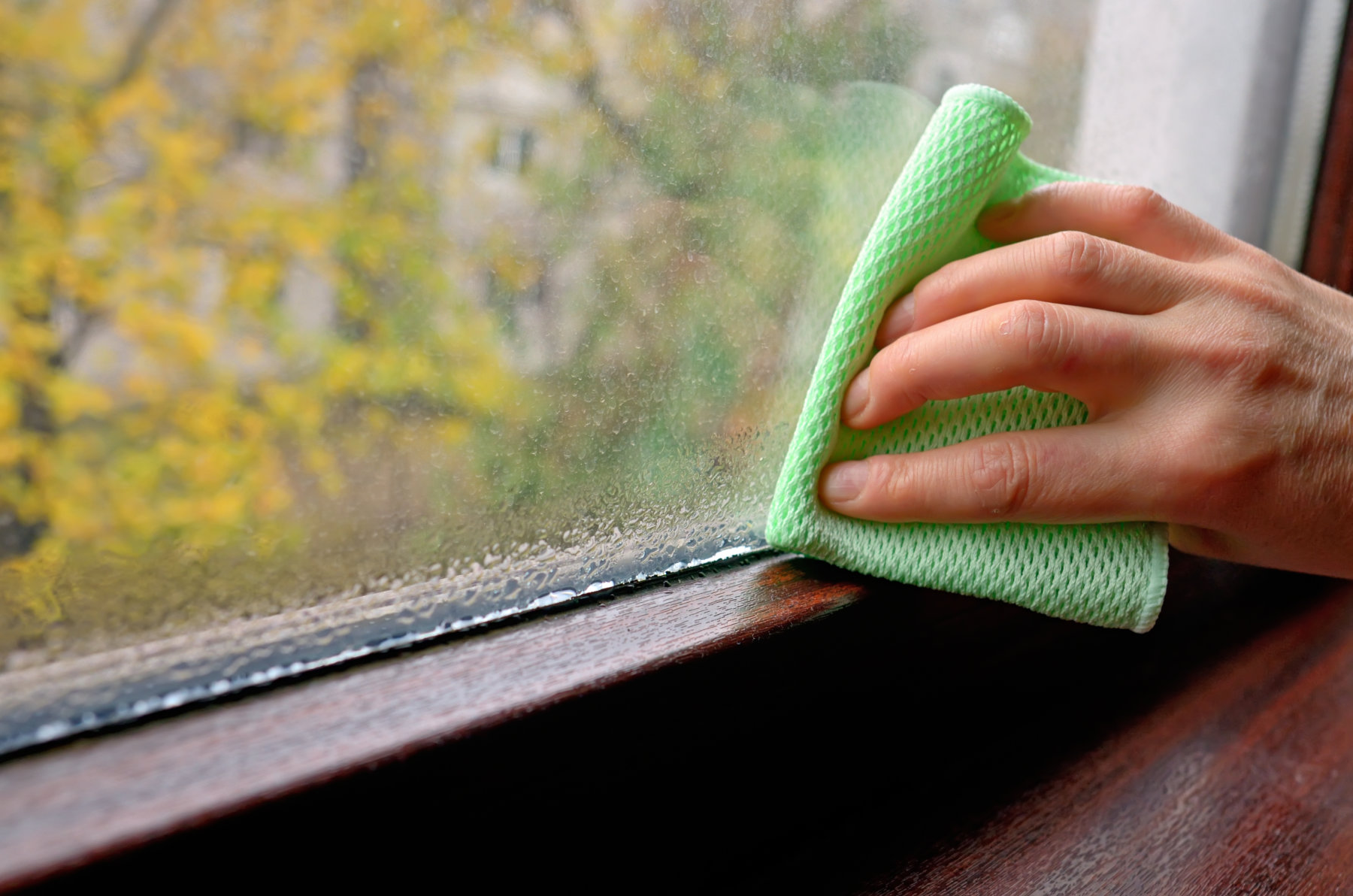Window Condensation – Why Does It Happen and How Can You Reduce It?

With temperatures beginning to cool and the seasons changing, now is the time to start thinking about how you can avoid another winter with your windows covered in condensation.
Window condensation is not only annoying, but it can also cause real damage to your home, particularly if you have windows that are older. While you need some humidity for both your comfort and your health, excessive and chronic condensation should tip you off that you need to take action before serious, expensive damage can occur. Some examples of this damage can be mold growth, decay, damage to window-frame finishes, issues with paint and even major structural damage.
Interior window condensation is caused by too much moisture in the home and often it occurs in the winter when the warm air inside your home condenses on the cold windows. Condensation occurs between the window panes when the seal between the panes has failed. Condensation between the panes means that you may need to replace your windows – contact GreenFox to get a free quote and learn more about their unparalleled lifetime warranty.
Here are a few things that you can do to reduce the condensation on your windows:
1. If it isn’t too cold, open your windows: yes, opening your windows may cost you a little bit more on your heating bill, it may be the cheapest way to solve your problem.
2. Turn your humidifier down: keep your indoor air at optimum humidity levels. Hygrometers measure home humidity levels and are available at most hardware stores. Adjust your humidifier to help reach the ideal humidity levels for the winter months and even use a dehumidifier if needed.
3. Kitchen and bathroom fans: use kitchen and bathroom fans whenever you cook or shower. Both of these activities release a lot of moisture in the air and sometimes the moisture is unable to leave the home easily. Using these fans will help to remove the moisture from the air.
4. Unblock your vents: sometimes the biggest problem with airflow in the home is a man-made one. Try not to place furniture above or directly in front of vents to ensure air can be distributed properly, as this can affect circulation in your rooms. The same goes for the return vent that takes air back into the system. You want the air to move through and around the house for the optimal results.
5. Move your plants: Plants release moisture into the air, so if you have several plants near your windows, you can help reduce condensation on windows by moving them to another location. Also, avoid overwatering as that can intensify the vapour content of the air in your rooms.
If you are considering replacing windows in your home, don’t hesitate to contact us with any questions you may have and to get your free quote from one of our window experts.




